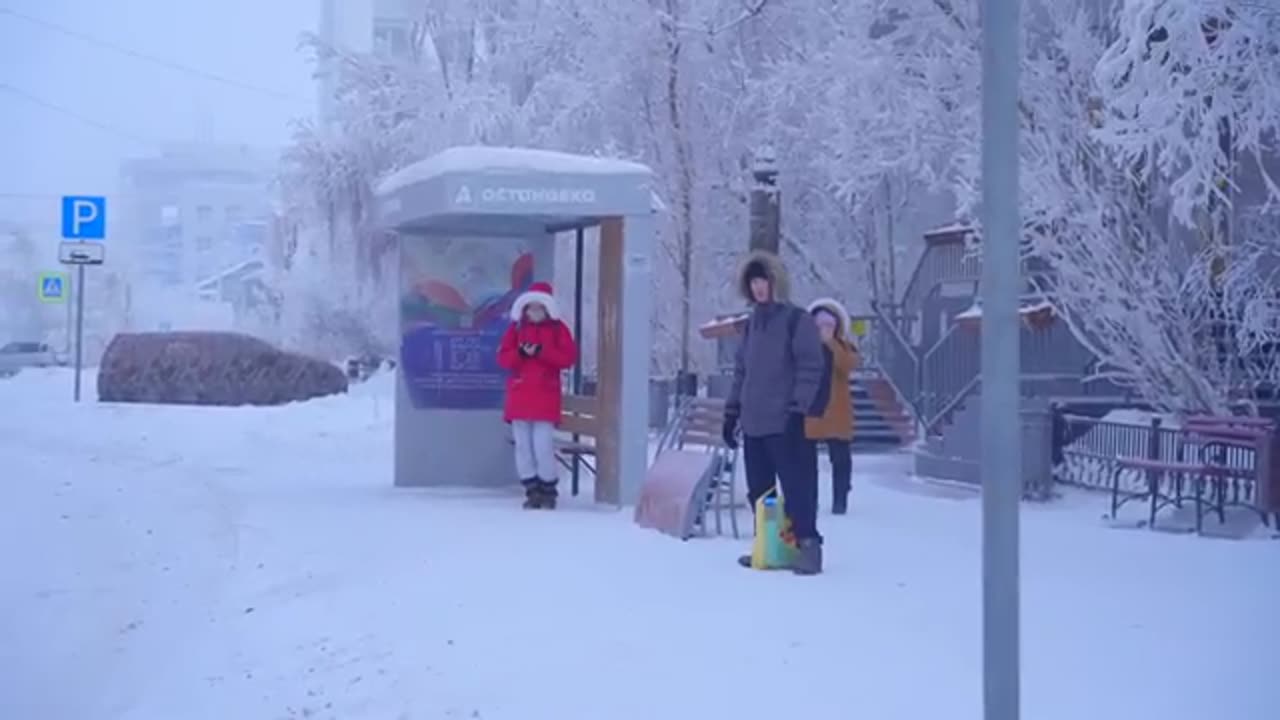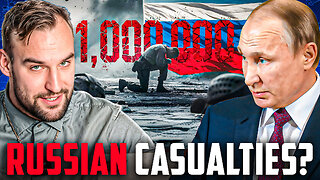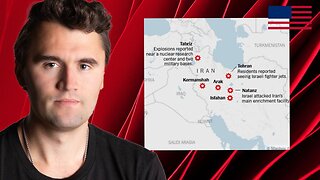Premium Only Content

What is it Like Growing Up in the World’s Coldest City −71°C (−95°F) Yakutsk
Growing up in Yakutsk, the world’s coldest city, where winter temperatures can plummet to **-71°C (-95°F)**, offers a unique lifestyle shaped by extreme weather. Here's what it's like to grow up in this frozen land:
---
### **1. Daily Life**
- **Layering Up:** Children are dressed in multiple layers, including heavy fur-lined coats, wool scarves, gloves, and traditional felt boots (*valenki*) to protect against frostbite. Exposure to the cold without proper clothing can be dangerous.
- **School Life:**
- Schools remain open unless the temperature drops below **-52°C (-61°F)** for younger children, while older students often attend even in colder weather.
- Walking to school involves carefully managing frostbite risks. Many children are driven or use buses, as walking long distances can be life-threatening.
- **Short Days:** The sun barely rises in winter, leading to long, dark days, which shape routines around indoor activities.
---
### **2. Housing**
- **Super-Insulated Homes:** Houses are built on stilts to prevent permafrost from melting underneath and causing structural instability. Thick insulation and central heating systems are essential for survival.
- **Ice Windows:** Double or triple-paned windows and thick curtains are used to keep the heat in and the extreme cold out.
---
### **3. Playing and Entertainment**
- **Indoor Fun:** Most recreational activities take place indoors, such as playing games, watching TV, or attending community events.
- **Outdoor Adventures:** Despite the cold, kids enjoy outdoor activities like sledding and building snow sculptures when temperatures are manageable. They wear specialized clothing to stay warm.
- **Cultural Festivals:** Yakutsk celebrates its heritage with festivals like *Ysyakh*, a summer event marking the solstice, where kids experience traditional Yakutian music, dance, and food.
---
### **4. Food and Diet**
- **High-Calorie Meals:** Families rely on a diet rich in meat and fish to sustain energy levels in the extreme cold. Staples include horse meat, reindeer, and frozen fish like *stroganina* (thinly sliced frozen raw fish).
- **Ice Cellars:** Food is often stored in natural ice cellars dug into the permafrost.
---
### **5. Unique Challenges**
- **Frozen Eyelashes and Hair:** It’s common for eyelashes and hair to freeze when spending time outdoors. Frostbite on exposed skin can occur within minutes.
- **Frozen Cars:** Cars are kept running during the day or stored in heated garages. Otherwise, they may freeze solid, requiring hours to restart.
- **Limited Mobility:** Outdoor play is restricted during extreme cold, so children spend much of their time indoors during winter.
---
### **6. Schooling About the Cold**
- Kids grow up learning to respect the cold. Parents and schools teach children:
- Never to breathe through their mouths to avoid lung damage.
- To always carry extra layers and know the signs of frostbite.
- To understand how to manage sudden changes in the weather.
---
### **7. Connection to Nature and Culture**
- **Indigenous Roots:** Yakutsk is home to a blend of cultures, including the Yakut (Sakha) people. Children grow up with a strong connection to their heritage, including traditional stories, crafts, and respect for the land.
- **Summer Respite:** The harsh winters are balanced by warm, short summers where kids enjoy nature, festivals, and outdoor freedom.
---
### **Resilience and Pride**
Growing up in Yakutsk fosters resilience, adaptability, and a deep appreciation for community and culture. Despite the cold, children learn to thrive and find joy in the unique environment of this icy city.
-
 LIVE
LIVE
StoneMountain64
2 hours agoPUBG is truly INCREDIBLE
504 watching -
 6:38
6:38
Talk Nerdy Sports - The Ultimate Sports Betting Podcast
2 hours agoNBA Finals Game 4 + MLB Sharp Card | June 13 Picks That PRINT 💰
1.6K -
 34:48
34:48
ArturRehi
3 hours agoRussia has taken 1 000 000 CASUALTIES in Ukraine! Russian Army Suffers! Ukrainian Update
931 -
 29:29
29:29
The Brett Cooper Show
1 day ago $5.41 earnedLA Is On Fire & Gay Celebrities Turn Straight For Pride Month | Episode 39
18.5K19 -
 36:23
36:23
Michael Franzese
3 hours agoThe Hidden Agenda Behind the LA Riots EXPOSED
56.2K37 -
 1:06:13
1:06:13
The Quartering
3 hours agoMAGA Feels BETRAYED By Trump's Israel Strike, Kayne West STORMS The Diddy Trial & Video Games..
69.3K103 -
 1:12:50
1:12:50
Sean Unpaved
3 hours agoCash Kings and Campus Chaos: NIL's Lawless Takeover
25.1K1 -
 1:23:12
1:23:12
Simply Bitcoin
4 hours ago $2.54 earnedBillionaire: Hundreds Of TRILLIONS Of Dollars Coming For Bitcoin | EP 1265
37K4 -
 2:06:13
2:06:13
Tim Pool
5 hours agoCatholics Are The SUPERIOR Christians, DEBATE | The Culture War with Tim Pool
172K340 -
 1:57:40
1:57:40
The Charlie Kirk Show
3 hours agoAmerica and the Iran War + AMA | Hammer | 6.13.25
89.4K45